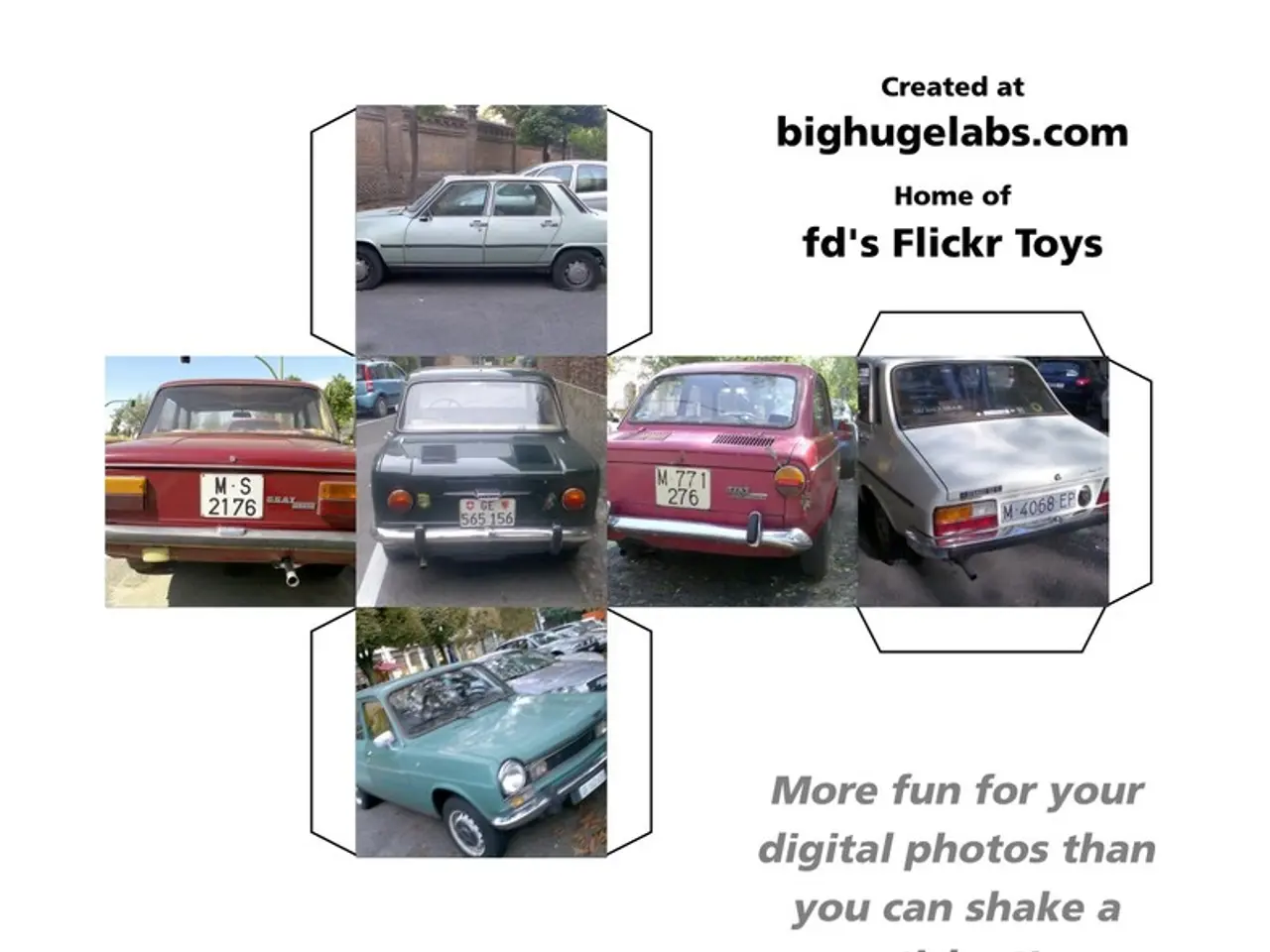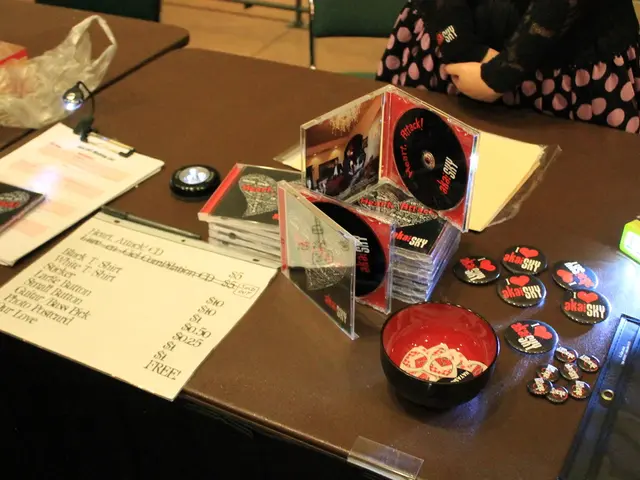Automotive industry's billion-dollar revenue stream finds its origins in software, with China taking the lead
In the rapidly evolving world of automotive technology, a new era is upon us: Software-Defined Vehicles (SDVs). These vehicles, capable of being updated and expanded throughout their entire lifespan via over-the-air (OTA) updates, are set to revolutionize the industry.
Leading the charge is Tesla, with around 80 to 85 percent of its vehicles being software-defined. The American manufacturer is closely followed by Chinese competitors Nio and Xiaomi Auto, while Hyundai, Stellantis, and GM are rapidly catching up by restructuring their software organizations with OTA functions and central architectures.
S&P Global's SDV rating model, however, has yet to cite any specific models achieving Level 4 or 5 autonomy. Companies like Hyundai Mobis focus on integrated solutions for autonomous driving at Level 2+. Notably, the Nio ET9 is expected to reach Level 5 in S&P's SDV ratings model by 2025.
Asia, including Nio and Hyundai, and the USA, with Tesla at the forefront, are pushing towards Level 4 and robotaxis, while European brands like Mercedes-Benz and BMW lead in Level 3 certification. BMW, operating in "two worlds" - the Western and the Chinese, with the latter being more important due to its size and innovation power, is making significant strides in SDV development.
Technological innovation and strategic partnerships are key to increasing the value of a vehicle, according to S&P analyst Manuel Tagliavini. Tech-oriented startups and traditional manufacturers that have integrated software early on are driving SDV development forward.
Chinese manufacturers such as Nio and Xpeng, as well as US electric vehicle manufacturers Rivian and Lucid, are also making significant strides in SDV development. By 2030, software is expected to become the main source of revenue for automotive manufacturers, with digital services potentially generating worldwide revenues of $3.5 trillion by 2040 - roughly 40 percent of total automotive sales.
BCG expert Giuseppe Collino expects the first market introductions of fully software-defined vehicles in the coming year. However, traditional manufacturers like Jaguar Land Rover, Mazda, and Toyota are currently far behind in SDV development and are below the 10% mark.
To reach 100 percent software-defined, Tesla needs a fully electromechanical chassis, a stronger AI-based vehicle architecture, and a voice assistant. Ford and General Motors have already projected software revenues of $20 to $25 billion each by 2030. Volkswagen, BMW, and Mercedes-Benz are pursuing partnerships to catch up in the software arena due to their lag in hardware focus.
The potential for subscriptions and digital services to enhance the driving experience and open up new revenue streams is vast. Jefferies analyst Philippe Houchois sees BMW, Mercedes, and General Motors on their way to becoming true SDVs, while Ford, Stellantis, and Renault will need support.
In conclusion, the race towards SDVs is global, with Asia and the USA leading the charge towards Level 4 and robotaxis, while Europe focuses on Level 3 certification. Traditional manufacturers are playing catch-up, integrating software and forming partnerships to stay competitive in this new era of automotive technology.
Read also:
- visionary women of WearCheck spearheading technological advancements and catalyzing transformations
- A continuous command instructing an entity to halts all actions, repeated numerous times.
- Oxidative Stress in Sperm Abnormalities: Impact of Reactive Oxygen Species (ROS) on Sperm Harm
- Is it possible to receive the hepatitis B vaccine more than once?








